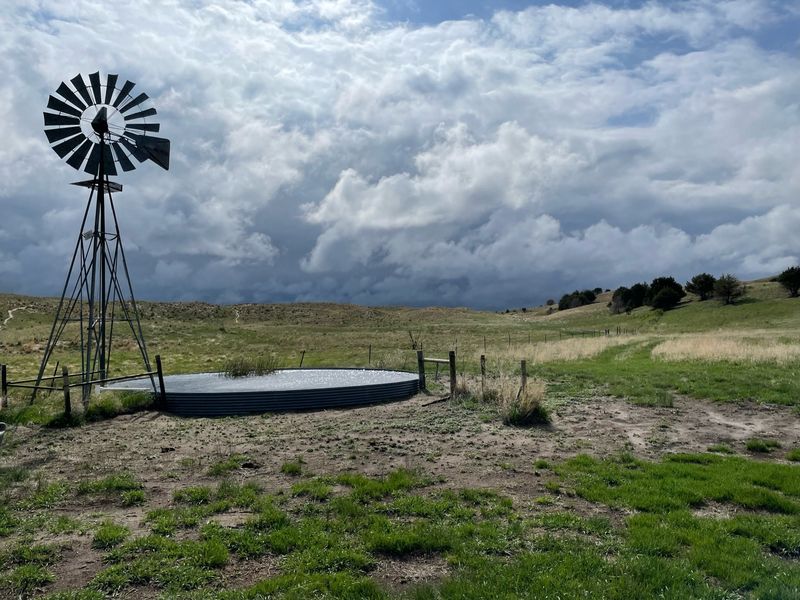The Landscape Evolution and Luminescence Geochronology Laboratory studies changes in earth systems in the recent past. We focus on understanding how dunefields, river systems and lakes are impacted by environmental and anthropogenic changes through time.
Much of our research involves using geochronology, primarily optically-stimulated luminescence (OSL) dating methods. Luminescence dating methods have been effectively used to estimate the last time that sand grains were exposed to either sunlight or heat, allowing us to accurately date sediments in archaeological, geological and pedogenic environments.
FUN FACT! Is it "Sandhills" or "Sand Hills"?
Britannica states that "Sand Hills" is a term used for the region of grass-covered sand dunes in Nebraska. Merriam-Webster defines "Sandhills" as a region of sand hills.
So, the answer is that it is BOTH! And you will see it both ways on this site.
